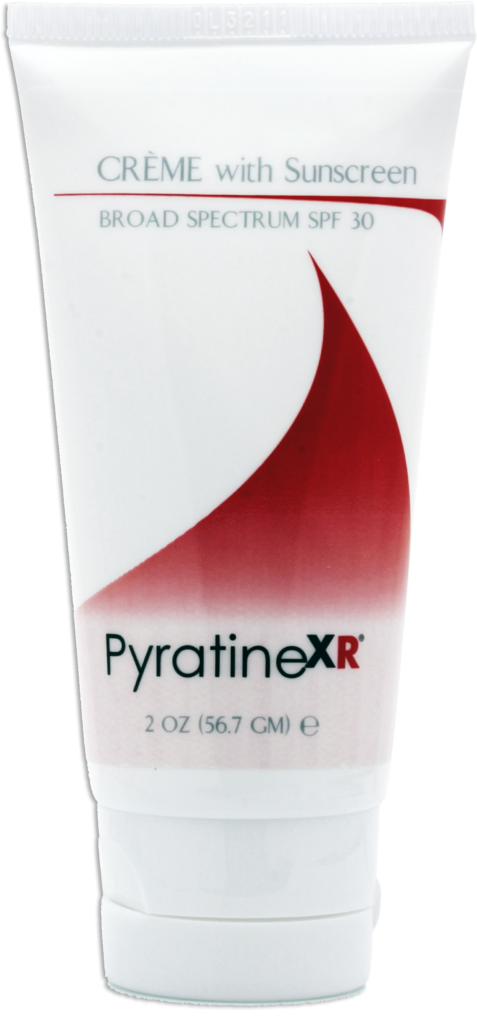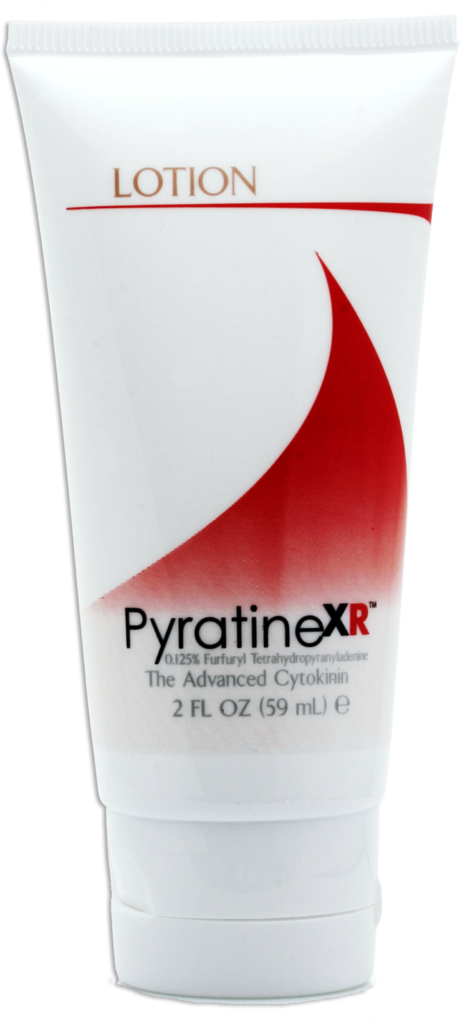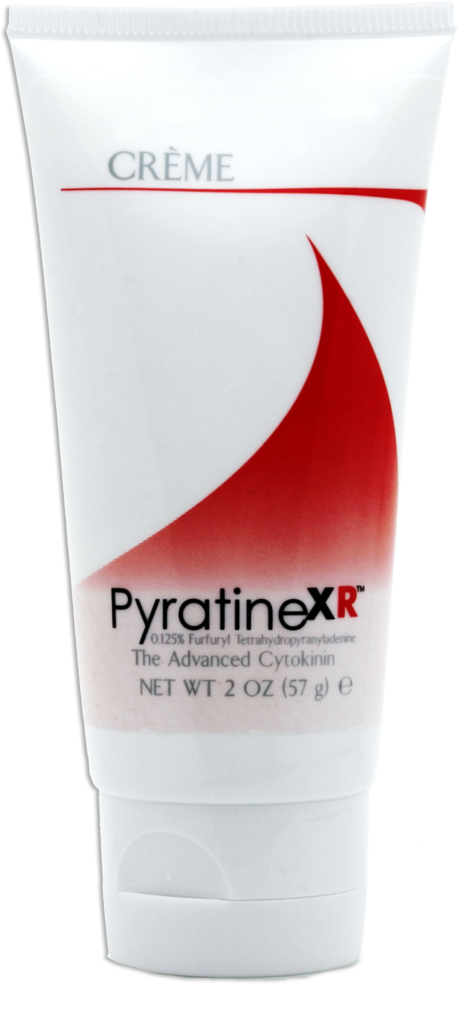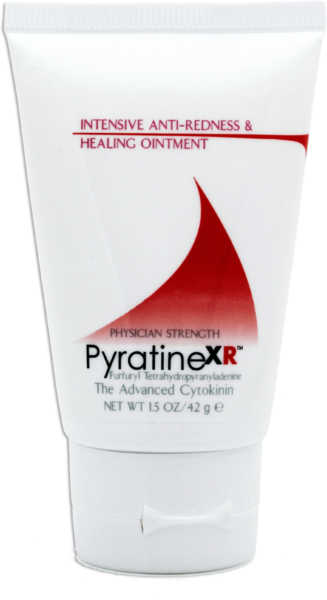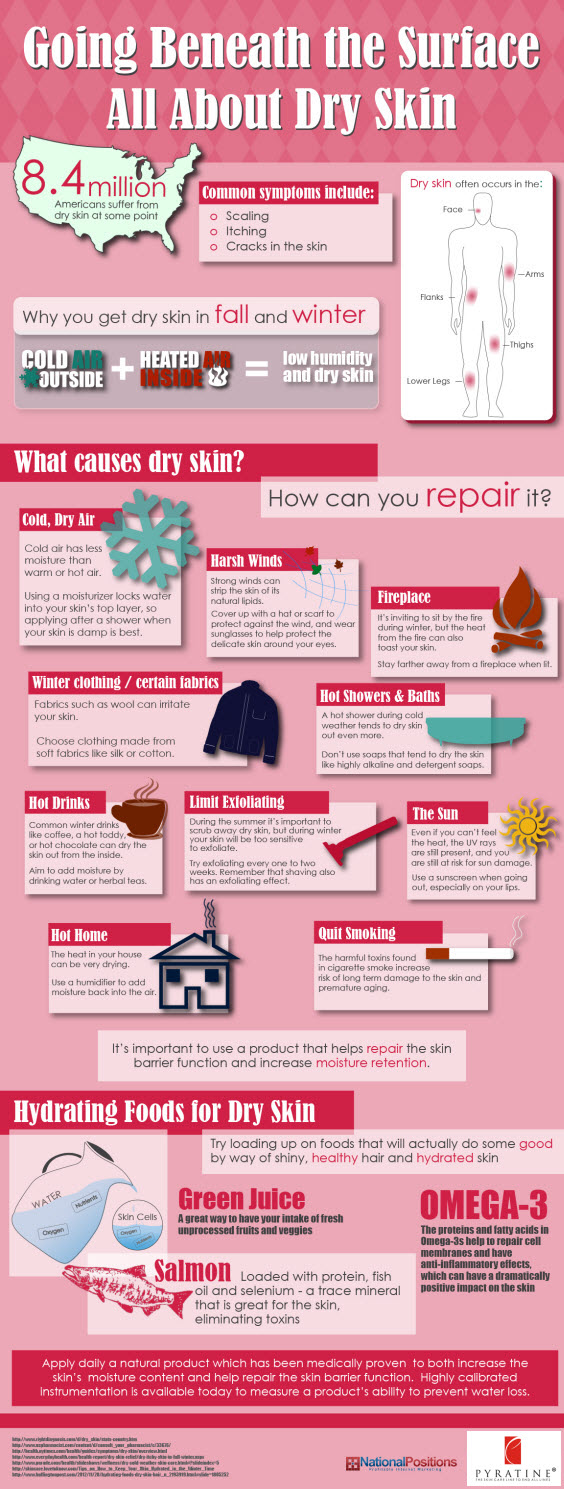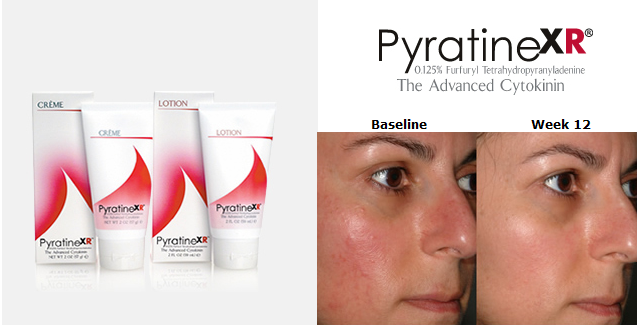Diagnosed with Rosacea? Now What?
Leave a CommentHave you just been diagnosed with rosacea? Well, you’re not alone as 16 million people in the United States have rosacea, a chronic skin condition that causes facial redness. Once thought of as a rare mysterious malady, rosacea is now the fifth most common diagnosis made by dermatologists, according to figures recently published in Skin and Allergy News.
As common as rosacea is, the frequent blushing or flushing associated with the condition frequently embarrasses people. Surveys by the National Rosacea Society found that 3 out of 4 patients said the condition adversely affects their self-confidence.
Now you know that you have a medical condition and that you have no reason to feel embarrassment or shame. The next step is to learn more about what brings on your episodes and how you can best care for your skin.
Common triggers include sun exposure, very hot or very cold weather, alcohol, very hot foods, spicy foods, intense exercise, and stress. In addition, menopause and some drugs may cause flushing. To help identify your triggers, keep a diary of when symptoms appear, what you were doing at the time, the environmental conditions, and what you think may have brought on your symptoms, then discuss this with your doctor.
Proper skin care is also a major component in battling the effects and severity of Rosacea. A rosacea facial care routine recommended by many dermatologists starts with a gentle and refreshing cleansing of the face. Sufferers should use a mild cleanser that is not grainy or abrasive, such as PyratineXR® Soothing Anti-Oxidant Cleanser, and spread it with their fingertips. A soft pad or washcloth can also be used, but avoid rough washcloths, loofahs, brushes or sponges. Next, rinse the face with lukewarm water several times and blot it dry with a thick cotton towel. Never pull, tug, scratch or treat the face harshly. Sufferers should let their face air dry for several minutes before applying a topical medication.
The medical standard for treating rosacea is to use a moisturizer and sunscreen along with the prescription product your physician may prescribe. Often times, oral antibiotics and topical drugs such as Finacea® and Mirvaso® are prescribed. These drugs are effective but fall short as complete therapy as they are limited in terms of treating only one of the three key symptoms of rosacea, facial redness, inflammatory lesions and spider veins; in addition, they present problems for continuous long term treatment as oral antibiotics cause changes to the flora of the gut and the others either have contraindications for continuous long term use or cause irritation.
Ideally, a rosacea sufferer will apply as few topicals as necessary since they already have sensitive, irritated skin. For each topical you apply, you are subjecting your skin to 10 to 15 chemicals and this is over the entire course of treatment. Look for a product that offers multiple benefits, e.g., Pyratine® which has clinically been shown to significantly reduce facial redness, inflammatory lesions, spider veins, irritation and mottled hyperpigmentation; in addition, Pyratine® is a powerful moisturizer and anti-aging compound, thus eliminating the need for applying an additional moisturizer or anti-aging product. And now, Pyratine® offers a crème that combines the active with a sunscreen, zinc oxide providing a sun protectant factor of 30 – one product giving you all of the benefits you require to treat your rosacea effectively and economically.
Don’t let a rosacea diagnosis scare you, take action and you can minimize its effect on your life!
